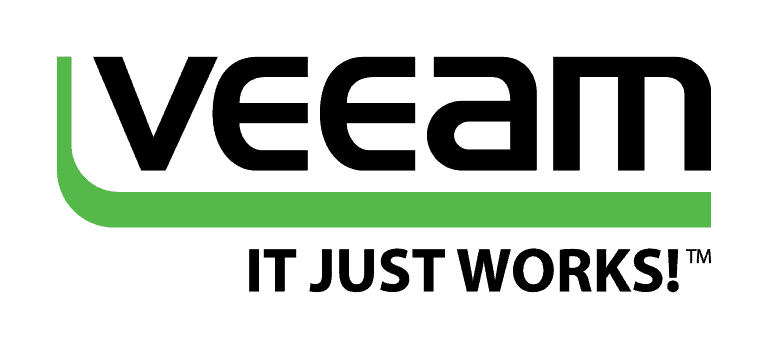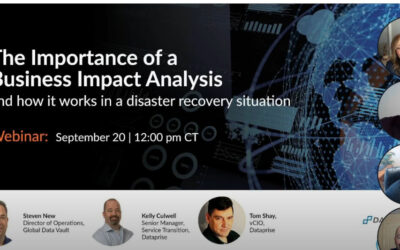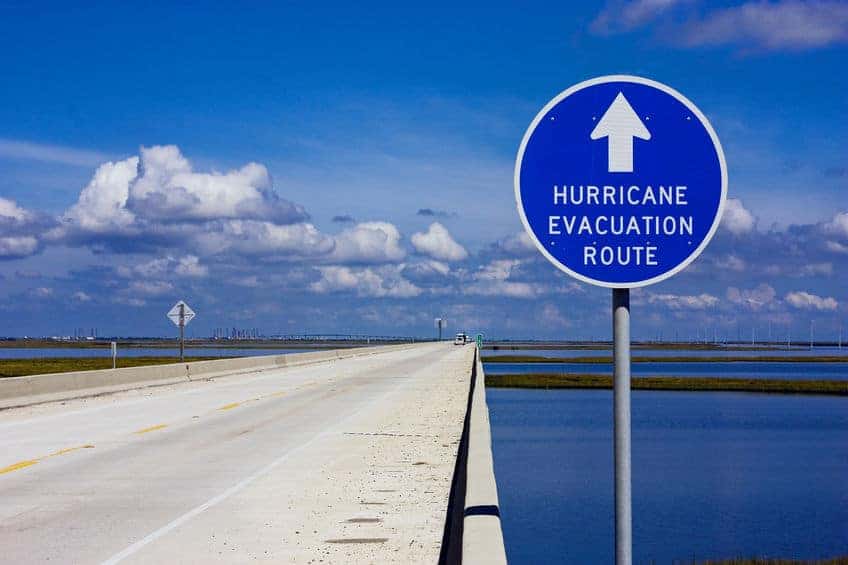Does it make good business sense to outsource diaster recovery? Yes, and there are compelling reasons to do so. Read more…

What is Veeam Backup
Veeam Backup and Replication
Backup and recovery solutions are vital to your organization, but backup solutions that used to work effectively may no longer do the trick in today’s ever-changing computing landscape, especially if your firm relies heavily on virtualization. Veeam backup offers backup and disaster recovery solutions that make an ideal fit in the virtual environment.
Backup Solutions That No Longer Work
Tape backup has been a longstanding solution. Tape restores take far longer to complete when compared to a restore from disk – or the even faster alternative – using the backup as the primary. That’s not even possible with tape.
Tape solutions mean that finding the data always means finding the right tape. That’s time-consuming and risky. Plus, with tape there is the risk of obsolesce of the media when the tape software or drive gets upgraded. Finally, tape solutions simply cannot provide the guaranteed availability that every modern business requires.
Enter Veeam for the Virtual World
Veeam works in the virtual environment by backing up virtual machine images instead of files, storing the images in a secure, central location. If disaster were to strike, the VM images could be rebooted nearly instantly, rapidly restoring the machines with a recovery time and point objectives of fewer than 15 minutes for all data and applications.
How Veeam Works
Veeam’s software runs through what is called a hypervisor, which is a layer of software that allows for multiple VMs to be run on a single, physical machine. Veeam’s first task is to take full backup of each virtual machine. It then subsequently uses caching and duplication elimination processes to only store new information in the VM images.
Veeam Benefits and Options
The Veeam Availability Suite provides five main capabilities. They are:
- Rapid recovery: Choose exactly what you want to recover and how you want to recover it.
- Avoidance of data loss: Near-continuous data protection coupled with streamlined recovery methods
- Verified recoverability: Veeam stands by its ability to recover every application, file or virtual machine, with no exceptions.
- High visibility: Receive alerts and enjoy continuous monitoring to become aware of issues before they can affect operations.
The Veeam Availability Suite combines two products into a single solution: Veeam Backup & Replication for restoring and replicating information and Veeam ONE for monitoring and reporting. A smaller version of the Veeam Availability Suite, known as Veeam Backup Essentials, is available for smaller businesses that may not need the suite’s full capabilities.
Headquartered in Switzerland with main offices in Ohio, France and Australia, Veeam was founded in 2006. It has since become the go-to backup and recovery solution for more than 183,000 customers across the globe.
Veeam V11 Updates
Takeaway:
Whether you are a small business or enterprise data center, Veeam Backup offers a cost-effective solution for backup and recovery in virtual environments. Veeam Backup enables you to protect virtual environments, physical servers and their workloads, and even physical workloads.
Find More DRaaS and Backup Related Topics
Five Things Every IT Department Should Do This January
Webinar: The Importance of a Business Impact Analysis
The following is a lightly edited transcript of our September 2022 webinar on the importance of Business Impact Analysis. The speakers are: Kelly Culwell, Senior Manager, Service Transition, Dataprise Steven New, Director of Operations, Dataprise Tom Shay, vCIO,...
Why RPO and RTO are so important to effective disaster recovery
Business continuity is at the forefront of most IT departments. Between human error and hardware failure, no environment is completely free of risk. And with 236.1 million ransomware attacks worldwide during the first half of 2022, odds are that your organization will...
Webinar: How DRaaS Works in a Crisis
This cybersecurity webinar looks at why Microsoft 365 backup is critical and 7 ways doing so will save you time, money, and stress.







